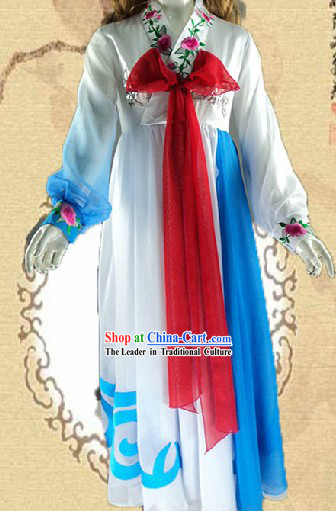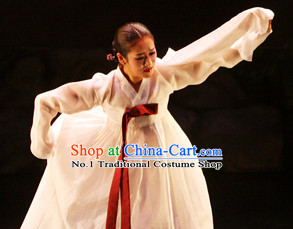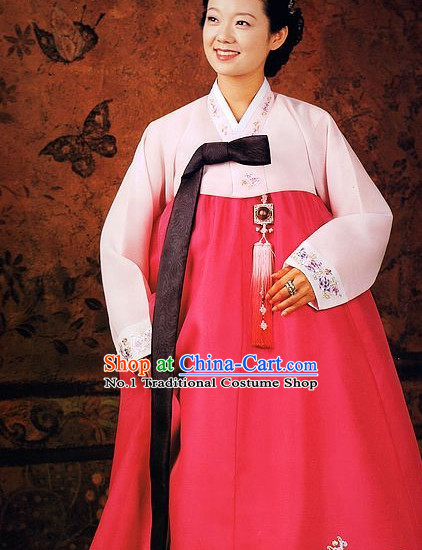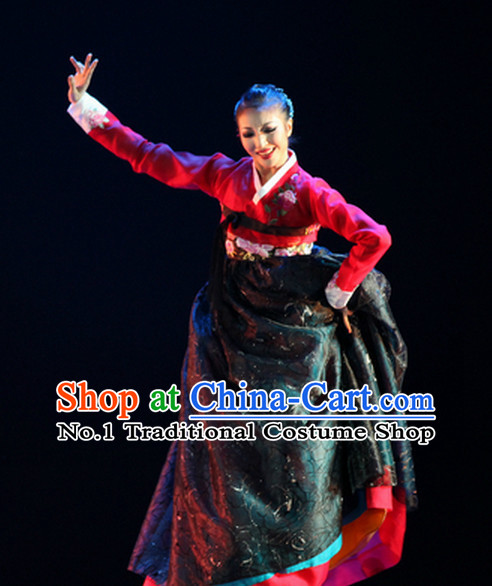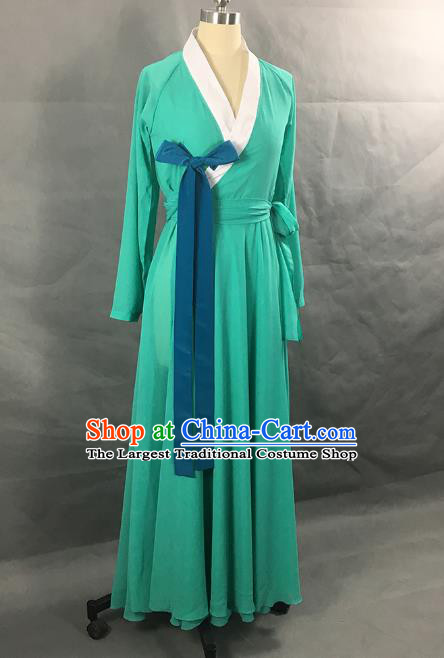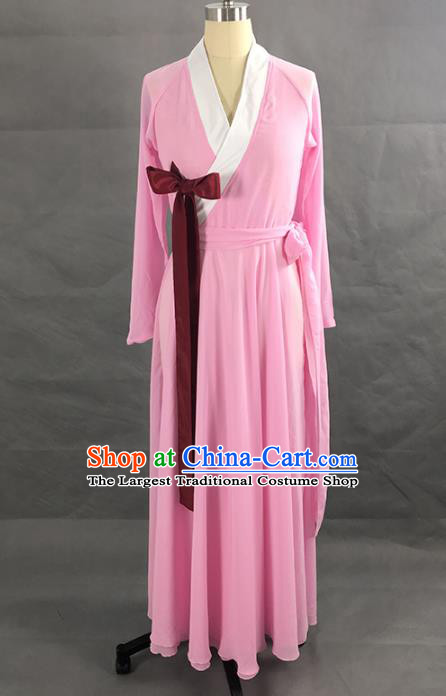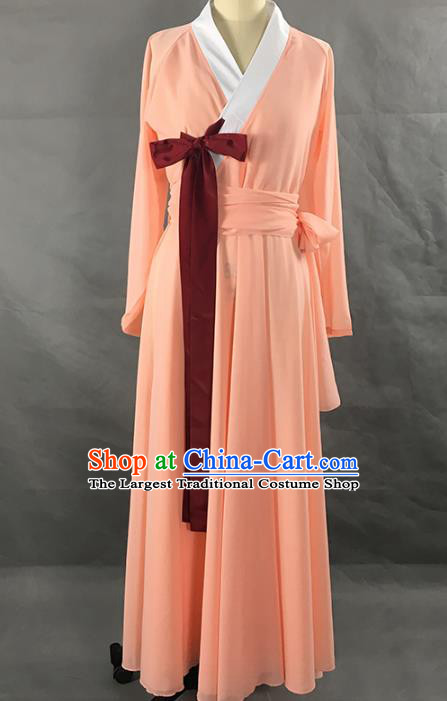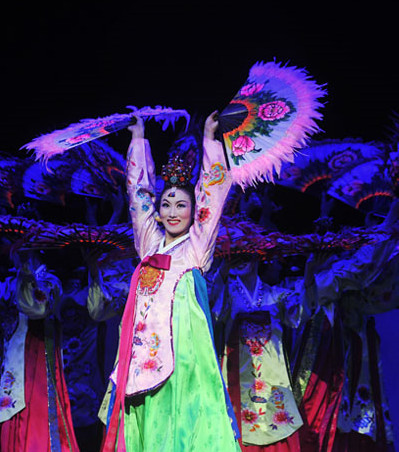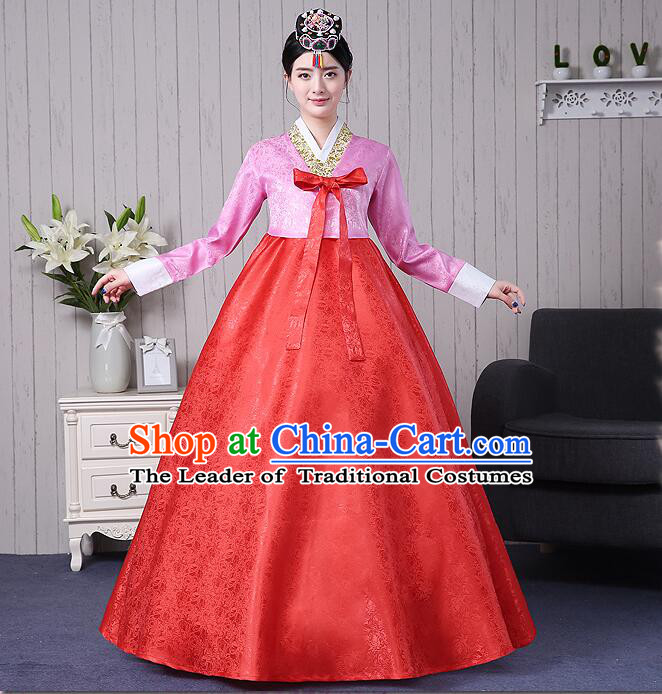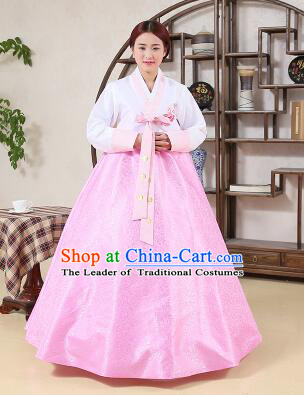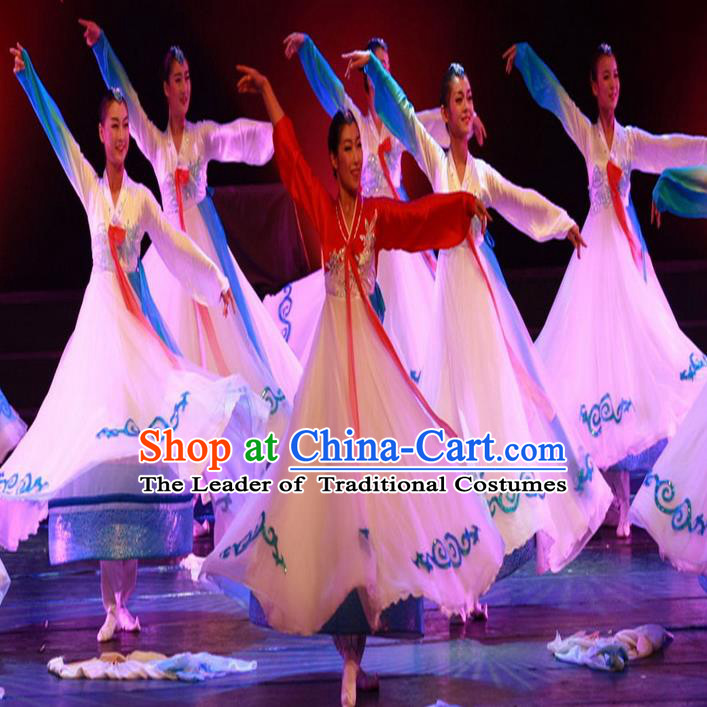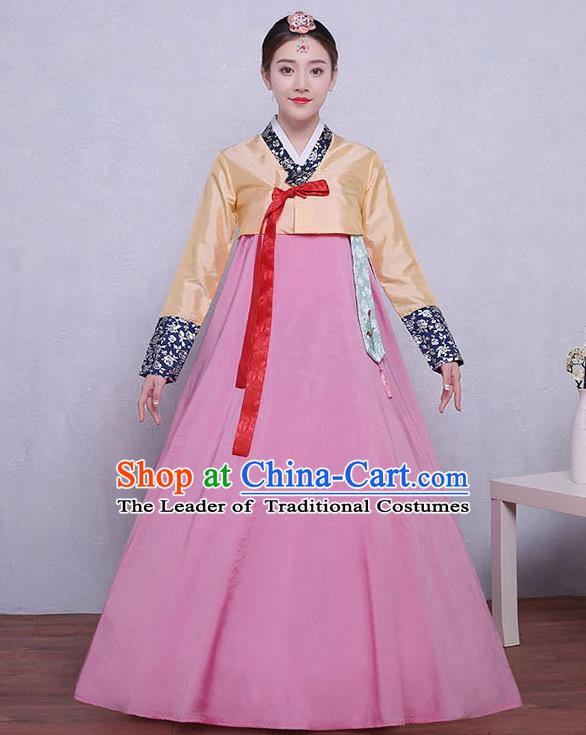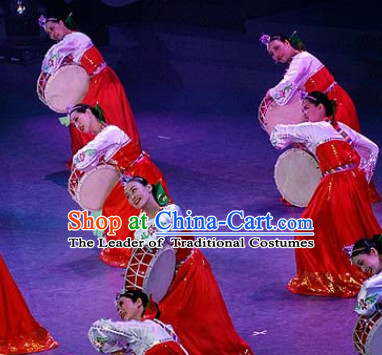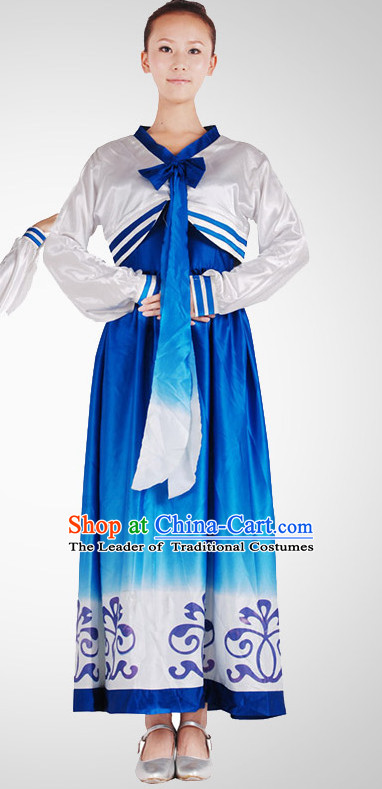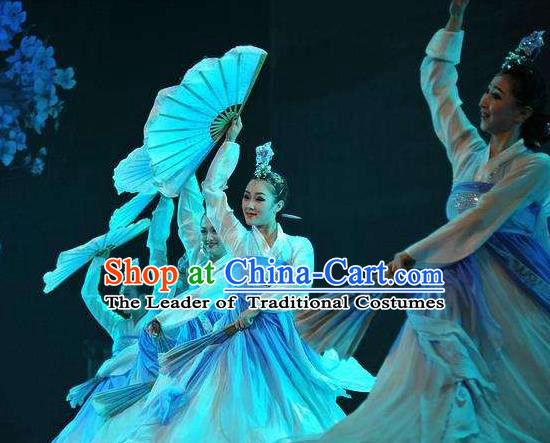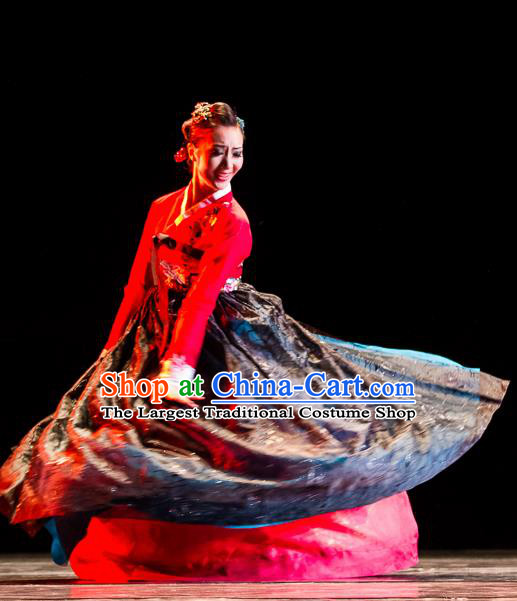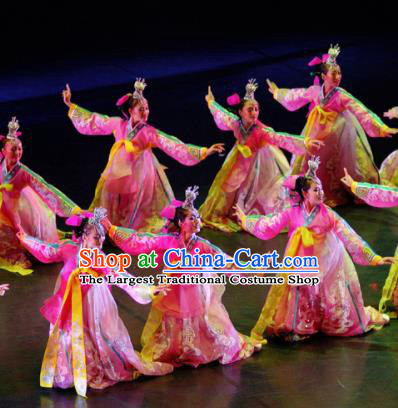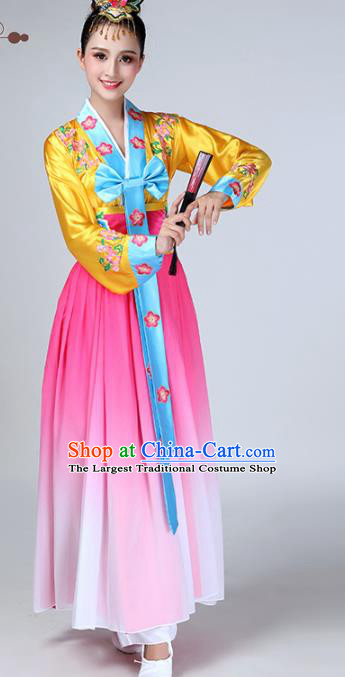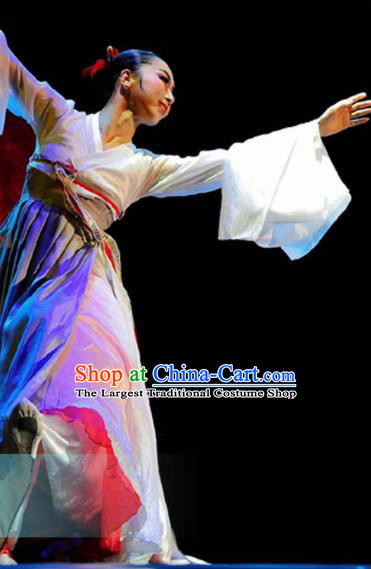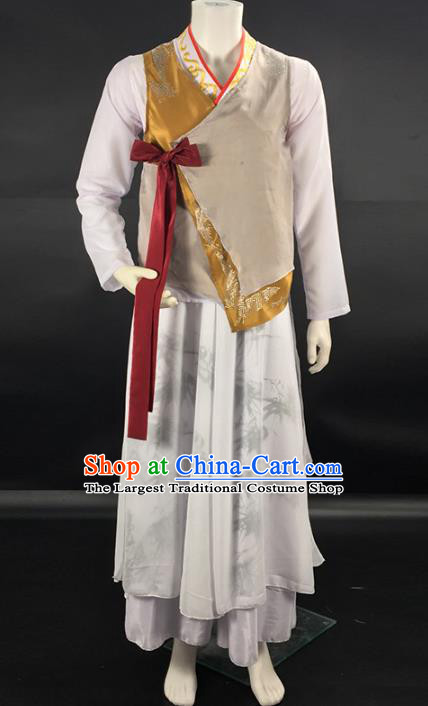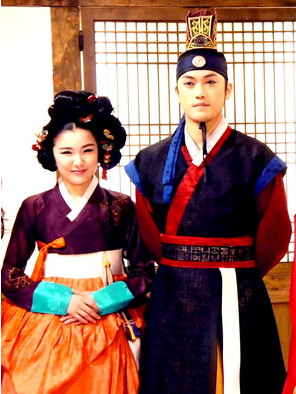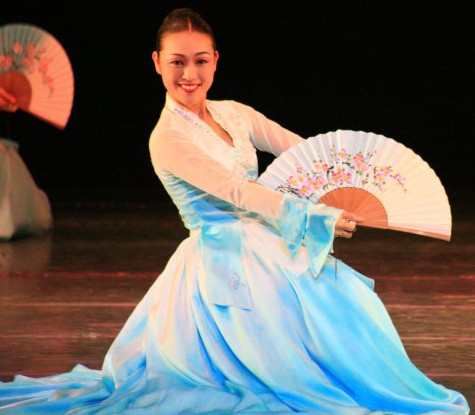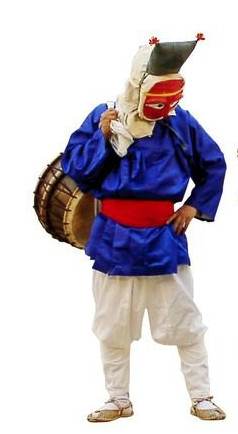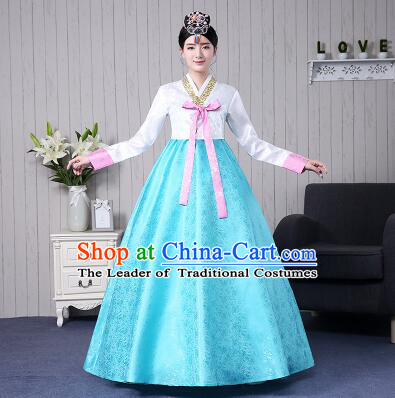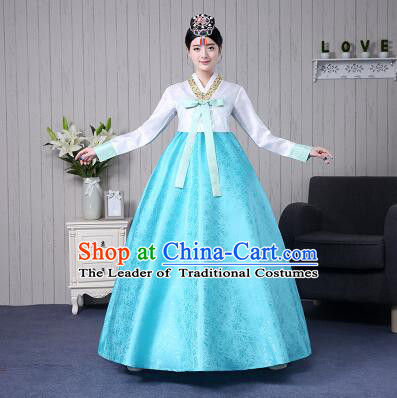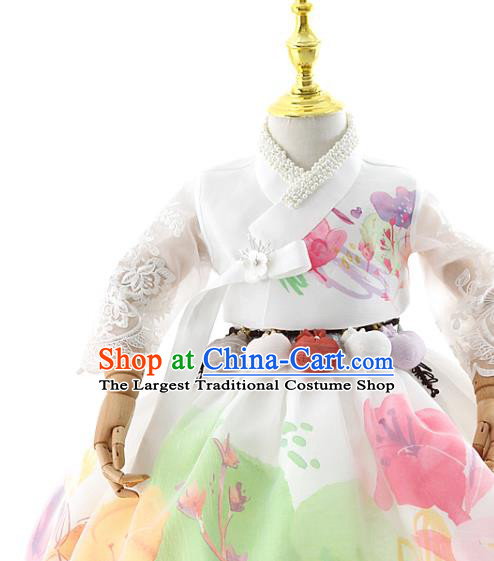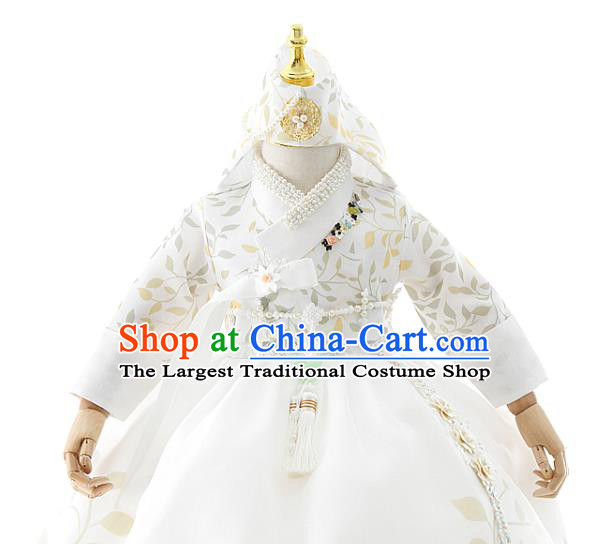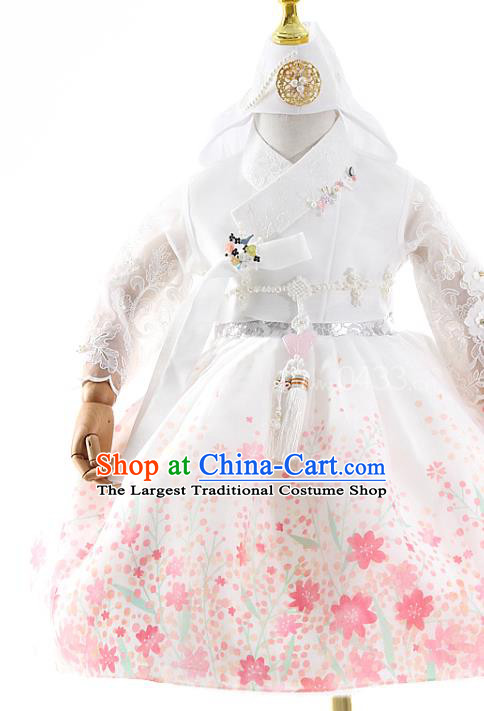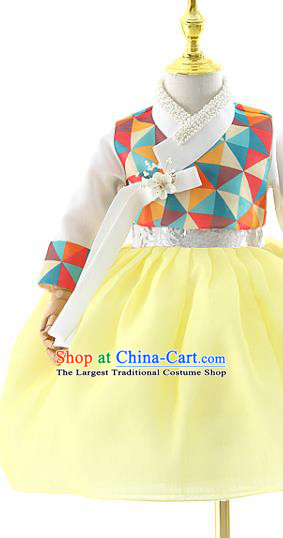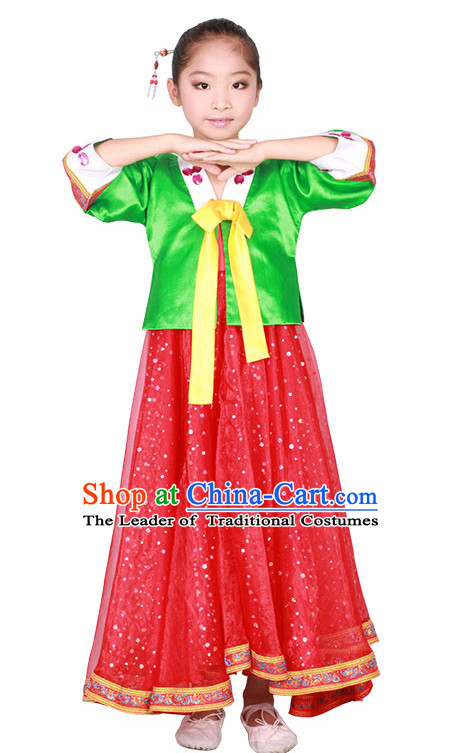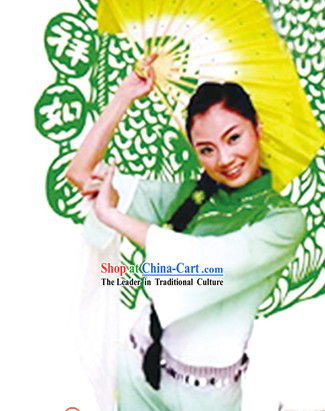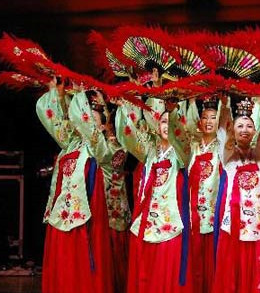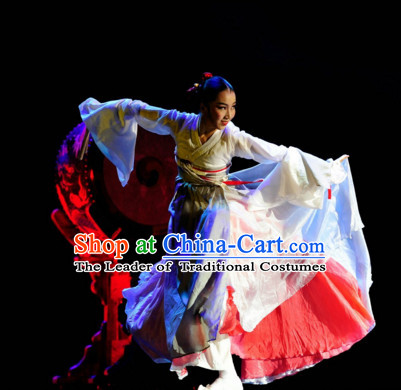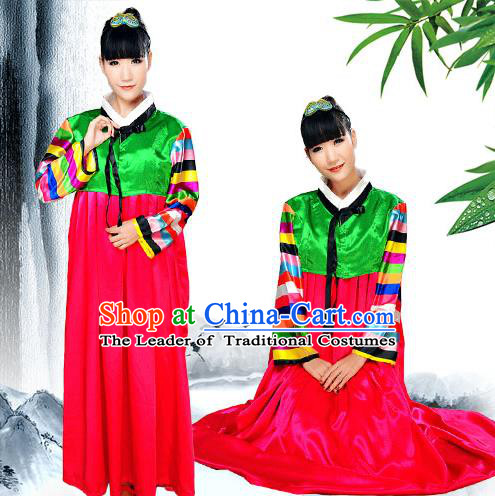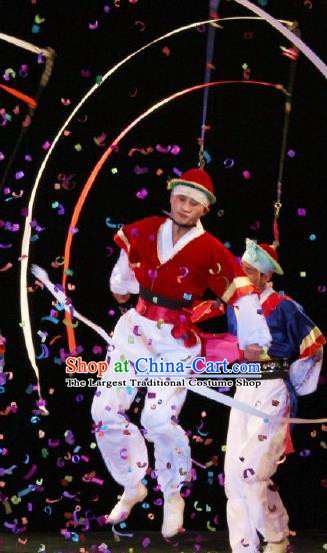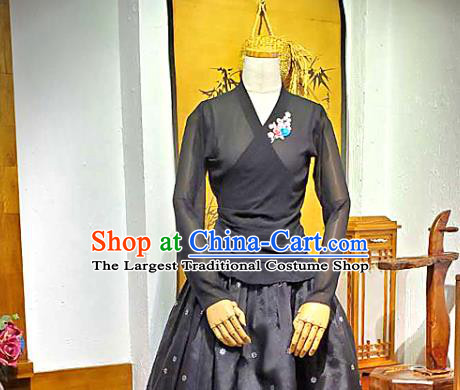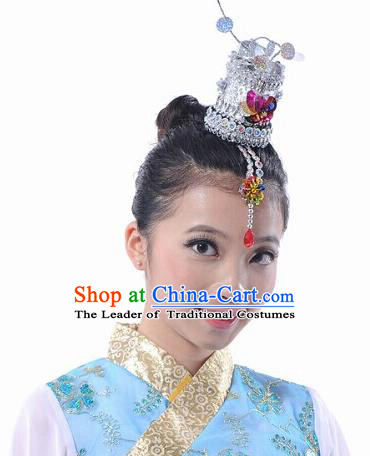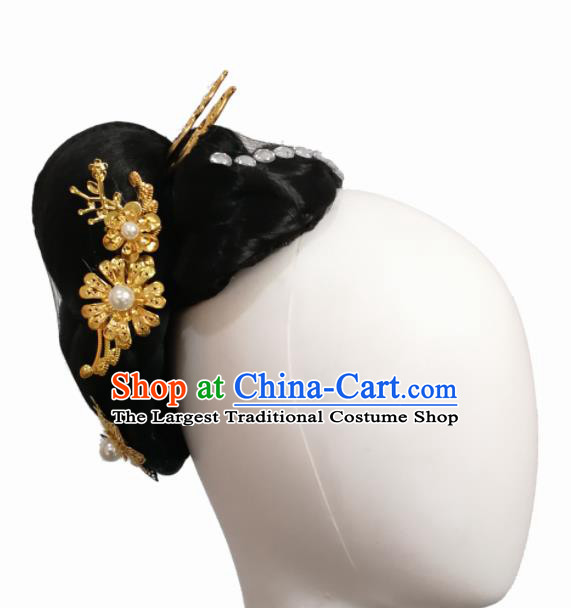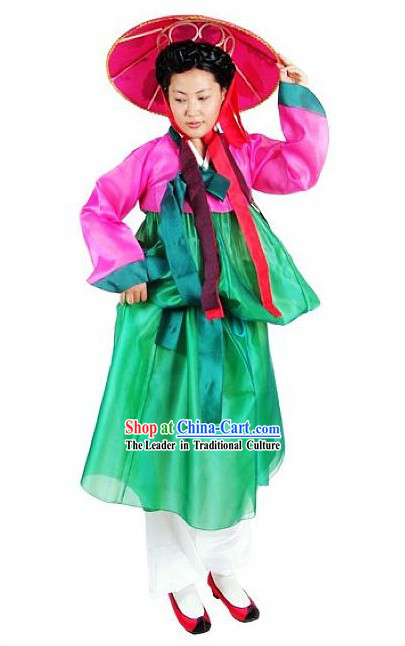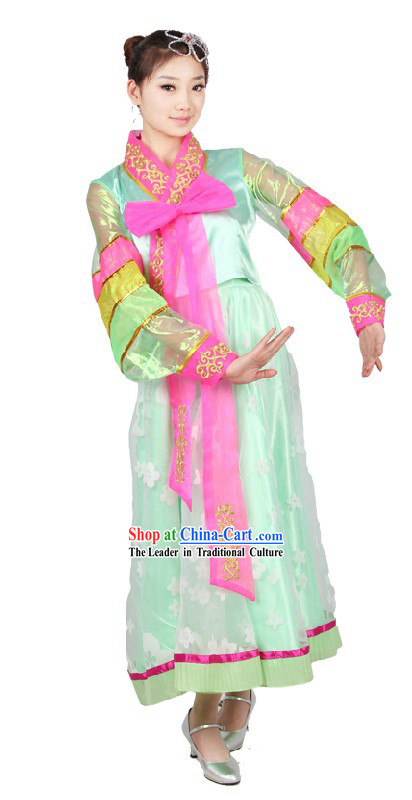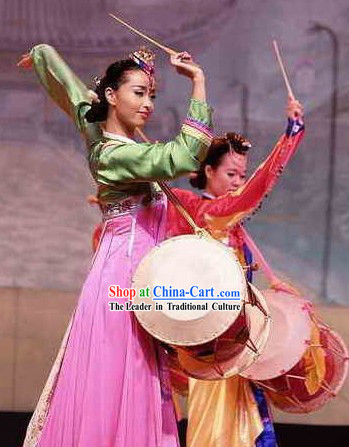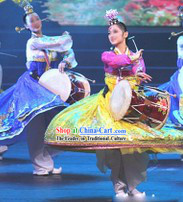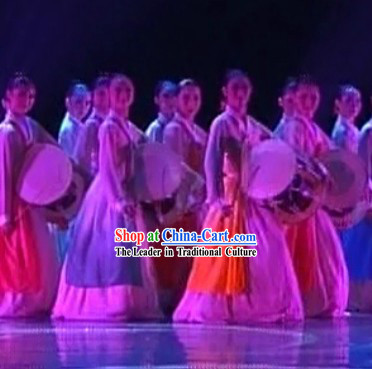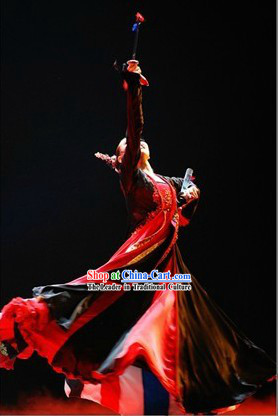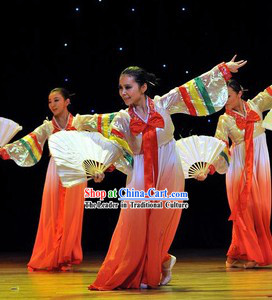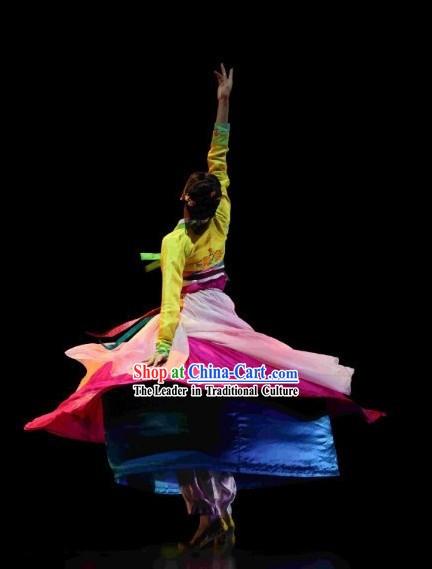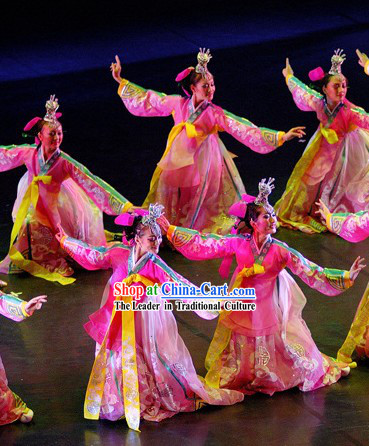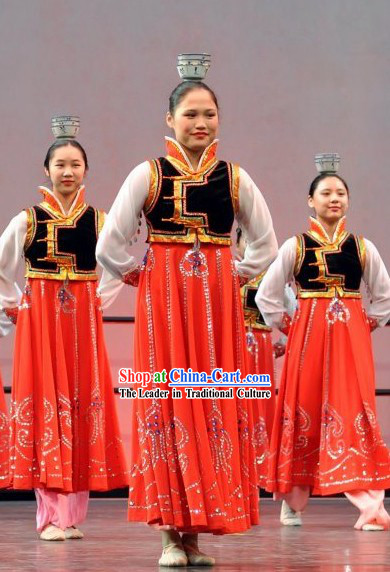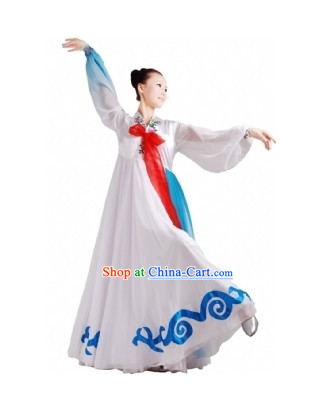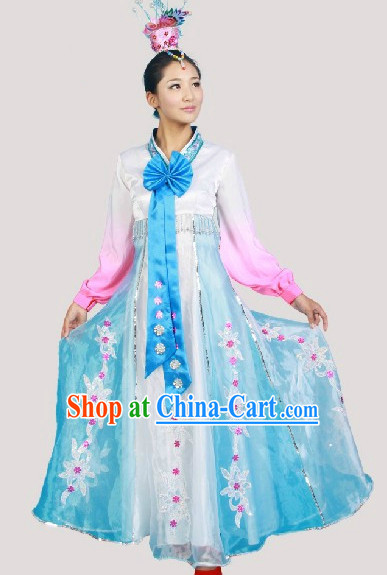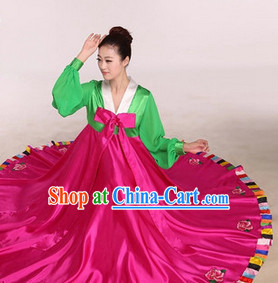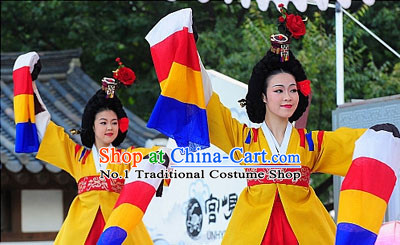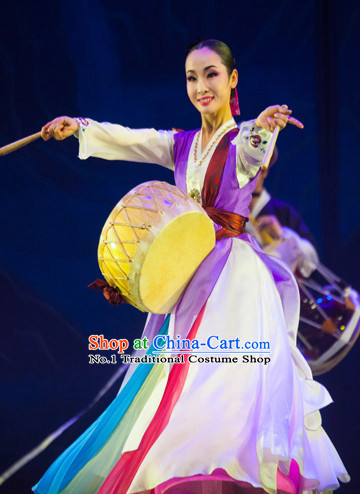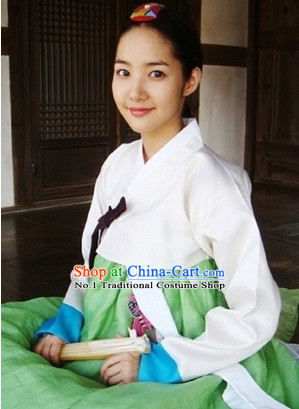
Click Related Pictures for More Audios:
Korean dance costumes, especially those worn by women, are renowned worldwide for their unique designs and exquisite craftsmanship.
These costumes are not only visually stunning but also carry rich cultural significance and historical meaning.
They reflect the Korean people's pursuit of beauty, reverence for natural harmony, and respect for traditional values.
In Korea, dance costumes are typically made of silk, cotton, or linen and feature bright colors and distinctive patterns.
The most famous of these is the Hanbok, a traditional Korean garment that dates back to the 3rd century BC.
The design of the Hanbok places great emphasis on details such as folds, collars, and cuffs, all of which are meticulously crafted to showcase elegance and refinement.
In addition, there are many different styles and variations of the Hanbok, including round-collared, high-collared, and long-robe styles, each with its own specific occasion and purpose.
Aside from the Hanbok, Korea has several other notable dance costumes, such as Fan Dance Costumes and Royal Court Dance Costumes.
Fan Dance Costumes are typically made of lightweight fabrics like silk or chiffon and adorned with intricate floral patterns.
This type of costume is suitable for performances of fan dances and other dances during the summer months.
On the other hand, Royal Court Dance Costumes are more elaborate and regal, often made of silk or velvet and featuring complex patterns and gold embellishments.
These costumes are appropriate for formal occasions such as court celebrations or official events.
In conclusion, Korean dance costumes are renowned worldwide for their unique designs, exquisite craftsmanship, and rich cultural significance.
They are not only artistic expressions but also an important part of Korea's traditional culture.
By appreciating and learning about these dance costumes, we can gain a better understanding of Korea's history, culture, and social values.

